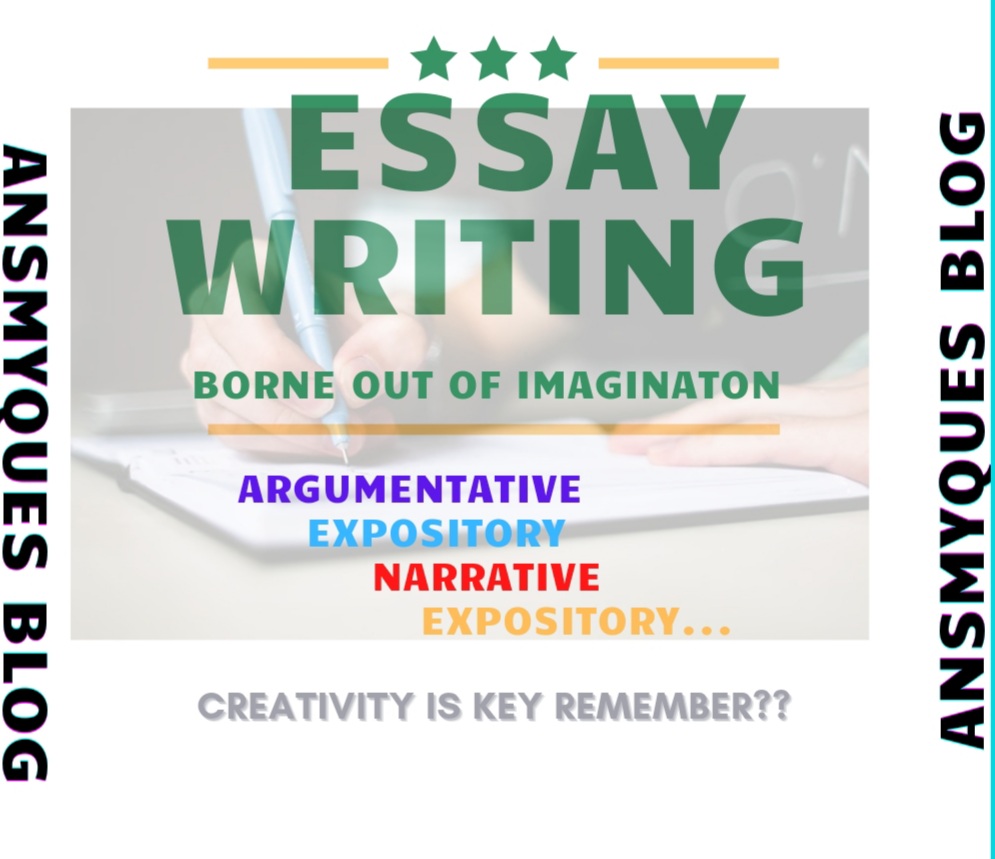PHYSICS QUESTIONS AND ANSWERS (4)

- I. Temperature.
II. Density of air molecules
III. Pressure
IV. Pitch
Which of the above will affect the velocity of sound in the air
A. I and II only
B. II and IV only
C. I, II and IV only
D. I, II, III and IV - Which of the following is a characteristic of stationary waves?
A. They are formed by two identical waves travelling in opposite directions
B. they can be transverse or longitudinal
C. The distance between two successive nodes is one wavelength
D. The antinode is a point of minimum displacement123 - To produce an enlarged and erect image with a concave mirror, the object must be positioned
A. at the principal focus
B. beyond the centre of curvature
C. between the principal focus and the centre of the curvature
D. between the principal focus and the pole - When light passes through two media X and Y of refraction indices 1.51 and 1.33 respectively, the speed of light in
A. X is same as in Y
B. X and Y is same as in vacuum
C. X is higher than in Y
D. Y is higher than in X - Which of the following eye defects can be corrected using a cylindrical lens?
A. myopia
B. Astigmatism
C. Presbyopia
D. Chromatic aberration - During a thunderstorm, the sound is heard over a long time. this phenomenon is referred to as
A. diffraction of sound
B. refraction of sound
C. superposition
D. reveraberation48
4 - A transverse wave is applied to a string whose mass per unit length is 3 x 10-2kgm-1. If the string is under a tension 12N, the speed of the propagation of the wave is
A. 5 ms-1
B. 20 ms-1
C. 30 ms-1
D. 40 ms-1
152 - An engineer intends to deviate a light ray from its path by 120o through reflection from a plane mirror. Calculate the angle of incidence
A. 60o
B. 40o
C. 30o
D. 20o - In the diagram above a beam of white light travels from a rare to a dense medium. What colours of light do the rays a, b and c respectively represents?
A. Red, green and blue
B. Green, red and blue
C. Yellow, blue and red
D. Blue, yellow and red - If the distance from a point source of sound is doubled, by what factor does the intensity decrease?
A. 4.00
B. 2.00
C. 0.50
D. 0.25 - If the refractive index of crown glass is 1.51, its critical angle is.
A. 48.6°
B. 22.5°
C. 41.5°
D. 45.0°440 - An object placed 10cm from a concave mirror of focal length 5cm would have its image
A. at the centre of curvature
B. behind the mirror
C. at infinity
D. 10 cm from the focus347 - A submarine is observed to rise from a real depth of 80 m to 60 m in water. calculate the change in apparent depth. [Refraction index of water 4/3]
A. 45 m
B. 80 m
C. 15 m
D. 60 m348 - Non-luminous object can be seen because they
A. reflect light
B. are near
C. are polished
D. emit light349 - The wavelength of the first overtone of a note in a closed pipe of length 33 cm is?
A. 33 cm
B. 44 cm
C. 22 cm
D. 17 cm350 - A person can focus objects when they lie beyond 75 cm from his eyes. The focal length of the lens required to reduce his least distance of distinct vision to 25 cm is?
A. 37.50cm
B. 75.00cm
C. 18.75cm
D. 25.00cm - In comparing the camera and the human eye, the film of the camera function as the
A. retina
B. iris
C. cornea
D. pupil - In a large telecommunications auditorium, perforated absorbent materials are used to line
the ceiling so as to
A. Increase the reverberation of sound in the hall
B. increase the amount of echo in the hall
C. reduce the height of the ceiling from the floor
D. reduce the reverberation of sound in the hall - Which of the following electromagnetic waves has the highest frequency?
A. ultra – violet rays
B. radio waves
C. x – rays
D. infrared – rays - An object is placed 5 cm from the pole of a concave mirror. If the focal length of the mirror is 10 cm. what is the image distance?
A. 10 cm in front of the mirror.
B. 5 cm in front of the mirror
C. 10 cm behind the mirror
D. 5 cm behind the mirror438
you can use the EDUCATION CATEGORY to find more physics, chemistry and other questions with answer…good luck to us all, do well to keep coming back because that’s the motive behind the name of this site ANSMYQUES (ANSWER MY QUESTION). Or equally you can use the search box above or below TYPE PHYSICS and it will bring out all physics questions on this plattform, this idea can be use for other subjects too.
ANSWERS
1. D
2. B
3. B
4. B
5. D
6. A
7. A
8. A
9. B
10. D
11. D
12. B
13. D
14. C
15. C
16. A
17. A
18. D
19. C
20. C


